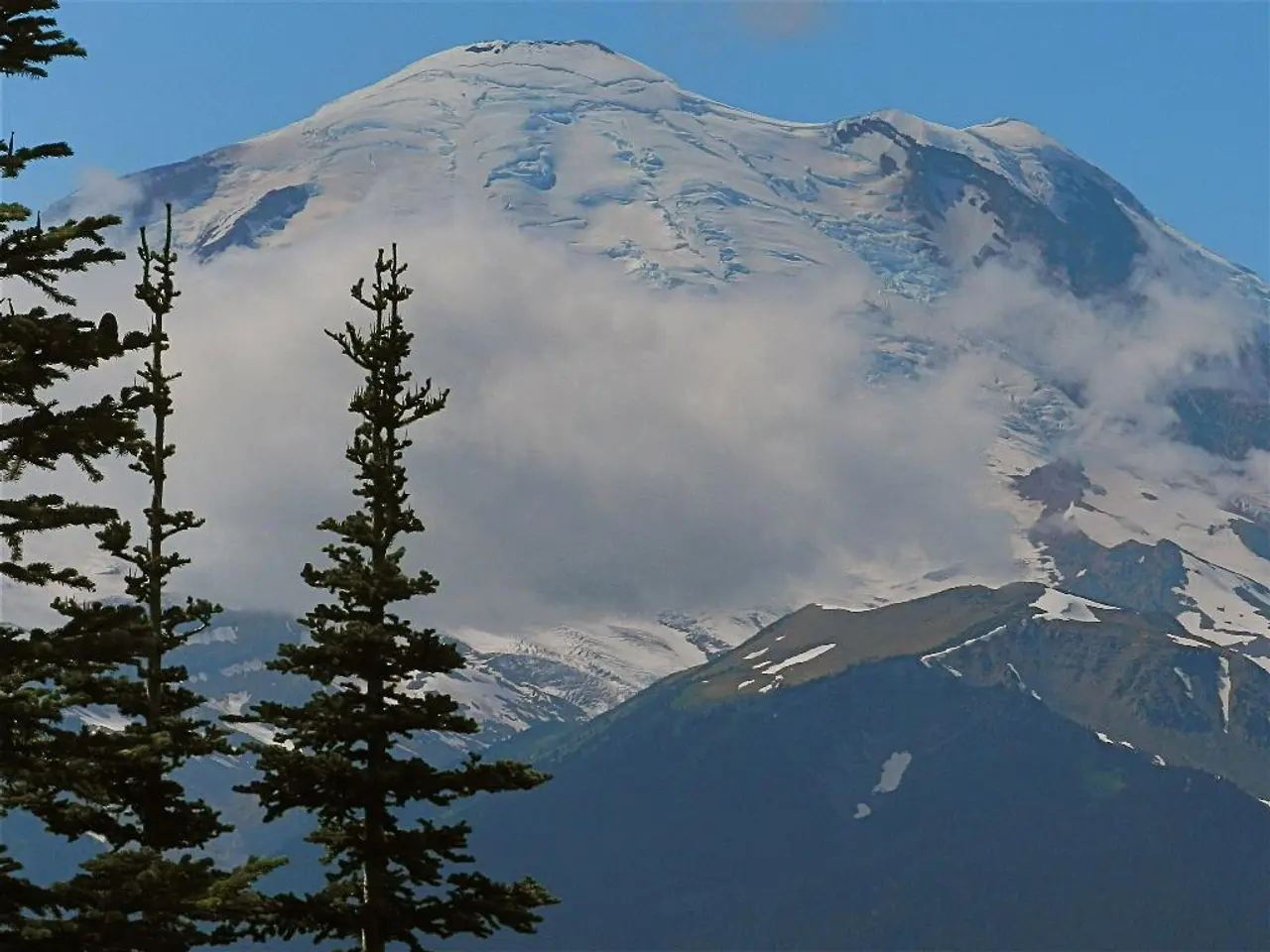Guidance and Collaborative Guidance on the Juneau Icefield
The Juneau Icefield Research Program (JIRP) is a pioneering glacial monitoring and research program that has been operating in North America for approximately 70 years. Founded in 1946, JIRP is one of the longest continuously running programs of its kind, providing invaluable historical climate-glacier data since the mid-20th century.
What sets JIRP apart is its comprehensive approach, combining long-term, continuous field-based monitoring, innovative interdisciplinary scientific methods, and a strong educational component. The program is located in one of North America’s most icefield-rich and climatically sensitive regions, making it crucial for understanding glacier response to climate change.
For JIRP, the Juneau Icefield is more than just a research site; it's a living laboratory. Each summer, students from various academic backgrounds, ranging from high schoolers to Ph.D. candidates, embark on a journey to the Taku Glacier, one of the largest glaciers studied in Alaska. The Taku Glacier, like its neighbors, is in decline, and measuring its mass balance requires an enormous effort, as it is accessible only by ski or helicopter.
The educational philosophy at JIRP is based on a synthesis of three ideals: nature, books, and action. Nature represents the primary source of knowledge, the world around us. Action, on the other hand, signifies engagement with the world, the quest for knowledge. Books, or mentorship, bridge the gap between these two, providing a means for knowledge to be passed down from mentor to student.
Newcomers to JIRP, like Alec Getraer, the Natural Sciences Correspondent, may find themselves stepping out of their comfort zones. Before joining JIRP, Alec had no prior experience in glacial research or skiing. However, JIRP's curriculum includes learning technical skills necessary for safely traversing the icefield, such as telemark skiing on a rope team, crevasse rescue, and self-arresting with an ice axe.
JIRP emphasizes student engagement and mentorship, with mentors from around the world. The program's mentorship roots trace back to John Muir's trip to Alaska in 1890. Today, JIRP creates a close-knit and collaborative community, where students work closely with faculty mentors for weeks. This hands-on approach is recommended for a great research experience, according to Alec Getraer.
In JIRP, understanding of nature is achieved through books and action. Books represent knowledge transferred from mentor to student, while action signifies active engagement in research. This unique blend of education and research makes JIRP a rewarding experience for those seeking to delve deeper into the world of glacial research.
References: 1. Juneau Icefield Research Program. (n.d.). About JIRP. Retrieved from https://jirp.alaska.edu/about-jirp/ 2. National Park Service. (2016). Juneau Icefield Floods. Retrieved from https://www.nps.gov/articles/juneauicefieldfloods.htm 3. University of Alaska Southeast. (n.d.). Juneau Icefield Research Program. Retrieved from https://www.uas.alaska.edu/juneau/jirp/ 4. University of Alaska Southeast. (2019). JIRP 2019 Field Season. Retrieved from https://www.uas.alaska.edu/juneau/jirp/2019/ 5. University of Alaska Southeast. (n.d.). JIRP's History. Retrieved from https://www.uas.alaska.edu/juneau/jirp/history/
- Alec Getraer, the Natural Sciences Correspondent, initially found himself unfamiliar with glacial research and skiing, but he utilized the Juneau Icefield Research Program (JIRP) to expand his knowledge by learning technical skills necessary for safely traversing the icefield.
- JIRP's curriculum, which includes learning about telemark skiing on a rope team, crevasse rescue, and self-arresting with an ice axe, complements the program's primary focus on environmental science, climate-change research, and senior thesis projects related to the Taku Glacier.
- By immersing themselves in the living laboratory of the Juneau Icefield and collaborating with faculty mentors, students gain personal growth and self-development through education and self-driven research, leading to a profound understanding of the complex interplay between science, the environment, and their own capabilities.




